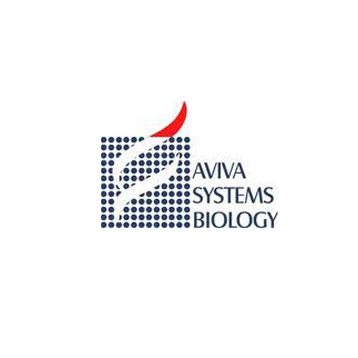Transforming growth factor (TGF), a �factor� that promoted the transformation of cultured fibroblasts into a tumor-like phenotype, was subsequently found to be more of a tumor suppressor than tumor promoter and to be a mixture of two proteins, TGF-? and TGF-?. These molecules are members of a superfamily that includes TGF-?1 through 5, bone morphogenic proteins, activins and inhibins. It plays a critical role in cellular growth, development, differentiation, proliferation, extracellular matrix (ECM) synthesis and degradation, control of mesenchymal-epithelial interactions during embryogenesis, immune modulation, apoptosis, cell cycle progression, angiogenesis, adhesion and migration and leukocyte chemotaxis.
Originally, TGF-?1 was separated from platelets and later found that TGF-?1 can be expressed in many organizations. Human TGF-?1 is a 25kDa, disulfide-linked, non-glycosylated homodimer. Biological activity of TGF-?1 is regulated by a number of receptors, including receptor I (53-65KD), receptor II (83-110KD), receptor III (250-310KD), receptor-IV (60KD) and receptor V (400KD).
TGF-?1 is the key mediator in the pathophysiology of tissue repair and human fibrogenesis: balance between production and degradation of type I collagen, and fibrosis and scarring in organ and tissue. TGF-?1 exhibits important immunoregulatory features of partially adverse character: TGF-?1 inhibits B and T cell proliferation, differentiation and antibody production as well as maturation and activation of macrophages. TGF-?1 is synthesized, with only a few exceptions, by virtually all cells, and TGF receptors are expressed by all cells. TGF-? affects nearly every physiological process in some way; its systemic and cell-specific activities are too complicated to review here. There are, however, three fundamental activities: TGF-?1 modulates cell proliferation, generally as a suppressor; TGF-?1 enhances the deposition of extracellular matrix through promotion of synthesis and inhibition of degradation; TGF-?1 is immunosuppressive through a variety of mechanisms. The specific action of TGF-? on a particular cell depends on the exact circumstances of that cell�s environment.
For the quantitative determination of human transforming growth factor beta 1 (TGF-?1) concentrations in cell culture supernates, serum, and plasma.
Principle of the assay: This assay employs the quantitative sandwich enzyme immunoassay technique. A monoclonal antibody specific for TGF-?1 has been pre-coated onto a microplate. Standards and samples are pipetted into the wells and any TGF-?1 present is bound by the immobilized antibody. Following incubation unbound samples are removed during a wash step, and then a detection antibody specific for TGF-?1 is added to the wells and binds to the combination of capture antibody-TGF-?1 in sample. Following a wash to remove any unbound combination, and enzyme conjugate is added to the wells. Following incubation and wash steps a substrate is added. A coloured product is formed in proportion to the amount of TGF-?1 present in the sample. The reaction is terminated by addition of acid and absorbance is measured at 450nm. A standard curve is prepared from seven TGF-?1 standard dilutions and TGF-?1 sample concentration determined.

 Products
Products  human TGF-b1 ELISA kit (48 Wells)
human TGF-b1 ELISA kit (48 Wells)
